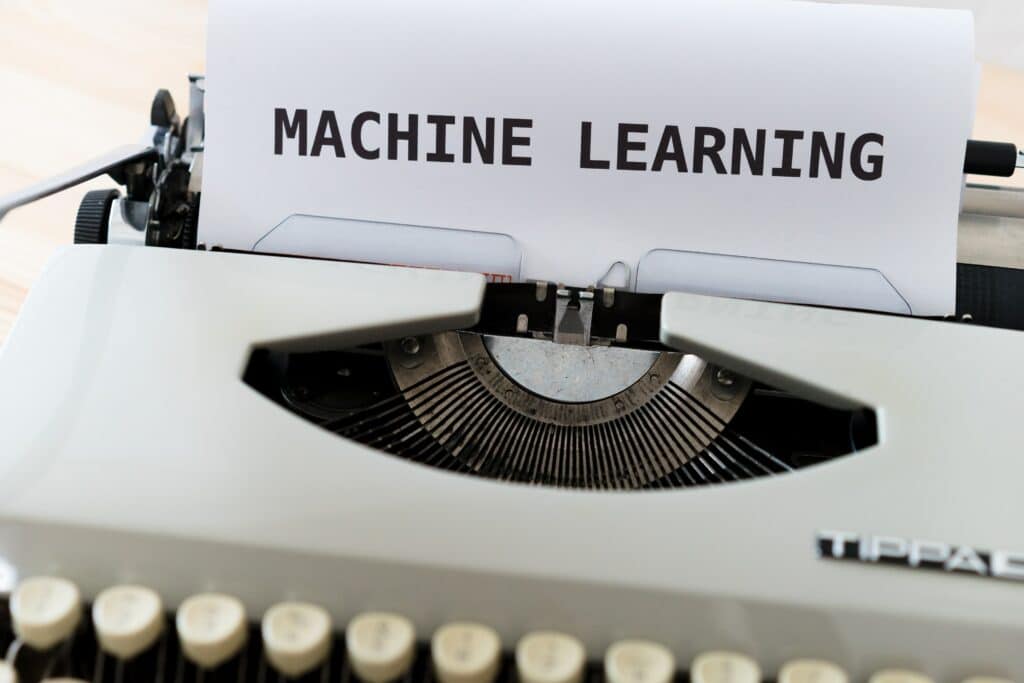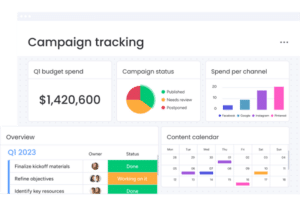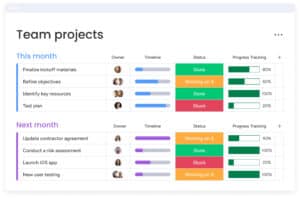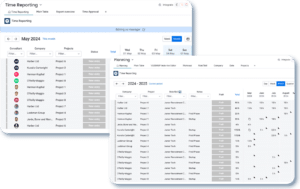Introduction to Business Process Automation
In the rapidly evolving business landscape, the importance of efficiency and adaptability cannot be overstated. This is where the concept of business process automation (BPA) becomes a game-changer, and even more so when discussing incorporating machine learning in business process automation. At its core, BPA involves using technology to execute recurring tasks or processes in a business where manual effort can be replaced. This is done to minimize costs, increase efficiency, and streamline processes.
The Role of Machine Learning in Enhancing Automation
The idea of incorporating machine learning in business process automation takes this a step further. Machine learning, a subset of artificial intelligence, allows systems to learn from data, identify patterns, and make decisions with minimal human intervention. When integrated into business process automation, machine learning transforms the way businesses operate, leading to smarter, more efficient, and highly adaptive processes.
Incorporating machine learning in business process automation is not just a futuristic concept. It’s a practical approach being adopted by businesses across various industries today. From automating customer service interactions to optimizing supply chain logistics, machine learning algorithms are enhancing the capabilities of traditional automation systems.
But why is incorporating machine learning in business process automation becoming so crucial? The answer lies in the unprecedented efficiency and competitive advantage it offers. Machine learning algorithms are capable of processing and analyzing vast amounts of data much more quickly and accurately than a human could. This ability to handle complex data and learn from it allows businesses to automate not just routine tasks, but also make informed decisions based on real-time data analysis.
Moreover, incorporating machine learning in business process automation paves the way for personalized customer experiences, improved decision-making processes, and the ability to quickly adapt to market changes. In a world where data is king, machine learning provides the key to unlock its true potential in automation.
Preparing for a Digital Transformation
As we delve deeper into the realm of automation and machine learning, it becomes evident that incorporating machine learning in business process automation is not just an option, but a necessity for businesses aiming to thrive in the digital era. It’s a strategic move towards building a more resilient, efficient, and forward-thinking business model.
In the following sections, we will explore the basics of machine learning, its synergy with business process automation, and practical steps for incorporating machine learning in business process automation. Whether you’re a small enterprise or a large corporation, understanding and applying these concepts could be the turning point in your journey towards digital transformation.
Understanding Machine Learning Basics
As we explore the concept of incorporating machine learning in business process automation, it’s crucial to have a foundational understanding of what machine learning (ML) is and how it functions. This knowledge is key to appreciating the transformative impact ML can have when integrated into business processes.
Defining Machine Learning
Machine learning is a branch of artificial intelligence that focuses on building systems capable of learning from and making decisions based on data. Unlike traditional software, which follows explicit instructions, machine learning algorithms use statistical techniques to enable computers to ‘learn’ and improve from experience without being explicitly programmed. This aspect of machine learning is fundamental in the context of incorporating it into business process automation.
Types of Machine Learning
There are three primary types of machine learning, each with its unique approach and application in business automation:
- Supervised Learning: This involves training algorithms on a labeled dataset, where the desired output is known. It’s like teaching a system with examples. In business process automation, supervised learning can be used for tasks like customer segmentation and fraud detection.
- Unsupervised Learning: Here, the algorithm is given data without explicit instructions on what to do with it. It identifies patterns and relationships within the data itself. In incorporating machine learning in business process automation, unsupervised learning is useful for uncovering hidden patterns in data, like customer purchasing behaviours.
- Reinforcement Learning: This type of learning involves algorithms that learn to make decisions by performing actions and assessing the results. It’s like learning through trial and error. In the context of business process automation, reinforcement learning can optimize decision-making processes and automate complex tasks.
Machine Learning and Data
The heart of machine learning is data. Quality, quantity, and variety of data play a significant role in the effectiveness of a machine-learning model. For businesses incorporating machine learning in business process automation, ensuring access to high-quality, relevant data is a prerequisite for success. This includes understanding data privacy laws and ethical considerations in data usage.
Understanding these basics of machine learning paves the way for businesses to effectively integrate these technologies into their automation strategies. As we continue, we will explore how machine learning enhances business process automation, provides practical examples, and guides on implementation.
The potential of incorporating machine learning in business process automation is vast, promising not only enhanced efficiency and accuracy but also the ability to adapt and evolve business processes in real time, responding to changing market dynamics and customer needs.
Omnitas Newsletter
Sign up for our monthly newsletter to stay up-to-date on our latest blog articles, videos and events!
Thank you!
You have successfully joined our subscriber list.
The Synergy of Machine Learning and Business Process Automation
Incorporating machine learning in business process automation heralds a new era of efficiency and innovation. This synergy between ML and BPA is not just transformative. It’s revolutionizing how businesses operate, compete, and serve their customers. Let’s delve into how this integration enhances business processes and explore some real-world examples.
Enhancing Business Efficiency with Machine Learning
The incorporation of machine learning in business process automation enables a level of efficiency that was previously unattainable. Machine learning algorithms can analyze large sets of data quickly and make predictions or decisions based on that analysis, significantly reducing the time required for data processing and decision-making tasks. This efficiency extends to various business functions, from streamlining administrative tasks to optimizing supply chain operations.
Real-world Applications of ML in Business Process Automation
- Customer Service Automation: By incorporating machine learning in business process automation, companies can deploy advanced chatbots and AI-driven customer service tools. These systems can handle a vast array of customer queries in real-time, providing quick, accurate responses, and escalating more complex issues to human representatives.
- Sales and Marketing Optimization: Machine learning algorithms can analyze customer data to predict buying patterns and preferences, enabling personalized marketing strategies and product recommendations. This not only enhances customer experience but also drives sales efficiency.
- Operational Efficiency: Machine learning can automate complex operational tasks such as inventory management, predictive maintenance of equipment, and even financial operations like fraud detection.
Data-Driven Decision Making
Another significant aspect of incorporating machine learning in business process automation is the ability to make data-driven decisions. Machine learning models can uncover insights from data that might be missed by human analysis. This capability allows businesses to make more informed decisions about everything from product development to market expansion strategies.
Continuous Learning and Adaptation
Machine learning models continually learn and adapt based on new data. This means that business processes can become more intelligent and efficient over time. As a result, businesses that are incorporating machine learning in business process automation can expect not only immediate improvements in efficiency but also a system that evolves and improves continually.
The combination of machine learning and business process automation is reshaping the business landscape. It’s not just about automating tasks. It’s about creating smarter, more responsive, and efficient processes that can drive significant competitive advantage.
Steps to Incorporate Machine Learning in Your Business Processes
Incorporating machine learning in business process automation can seem daunting, but with a strategic approach, it can be broken down into manageable steps. Here’s how you can start integrating this innovative technology into your business processes.
Identifying Potential Areas for ML Implementation
The first step in incorporating machine learning in business process automation is to identify areas within your business that can benefit most from automation and ML. Look for processes that are repetitive, data-intensive, and require decision-making. Common areas include customer service, sales forecasting, inventory management, and marketing personalization.
Assessing and Preparing Your Data
Machine learning algorithms require data to learn and make predictions. Assess the quality and quantity of your data, and prepare it for ML use. This involves data cleaning, normalization, and ensuring you have the right data sets to train your ML models effectively. Remember, the accuracy of a machine learning model is largely dependent on the quality of the data it’s trained on.
Choosing the Right Machine Learning Tools and Platforms
With a plethora of machine learning tools and platforms available, selecting the right one for your business is crucial. Factors to consider include ease of use, scalability, compatibility with your existing systems, and the specific ML capabilities you need.
Developing or Acquiring Machine Learning Models
Depending on your resources and expertise, you may choose to develop custom ML models or utilize pre-built models. Developing custom models offers more control and customization, but requires significant expertise. Pre-built models, on the other hand, are more accessible and can be a good starting point.
Integrating ML Models into Your Business Processes
Once you have your ML models, integrate them into your existing business processes. This may require some adjustments to your workflows and possibly training your staff to work with the new system. It’s important to ensure that the integration is seamless and that your team is comfortable with the new tools and processes.
Monitoring, Testing, and Refining Your ML Implementations
After incorporating machine learning in business process automation, continuously monitor and test the performance of your ML models. Be prepared to refine and adjust them as needed. Machine learning is an iterative process, and ongoing optimization is key to achieving the best results.
Incorporating machine learning in business process automation is a journey that involves careful planning, execution, and continuous improvement. By following these steps, businesses can leverage ML to enhance efficiency, make data-driven decisions, and stay competitive in the digital age.
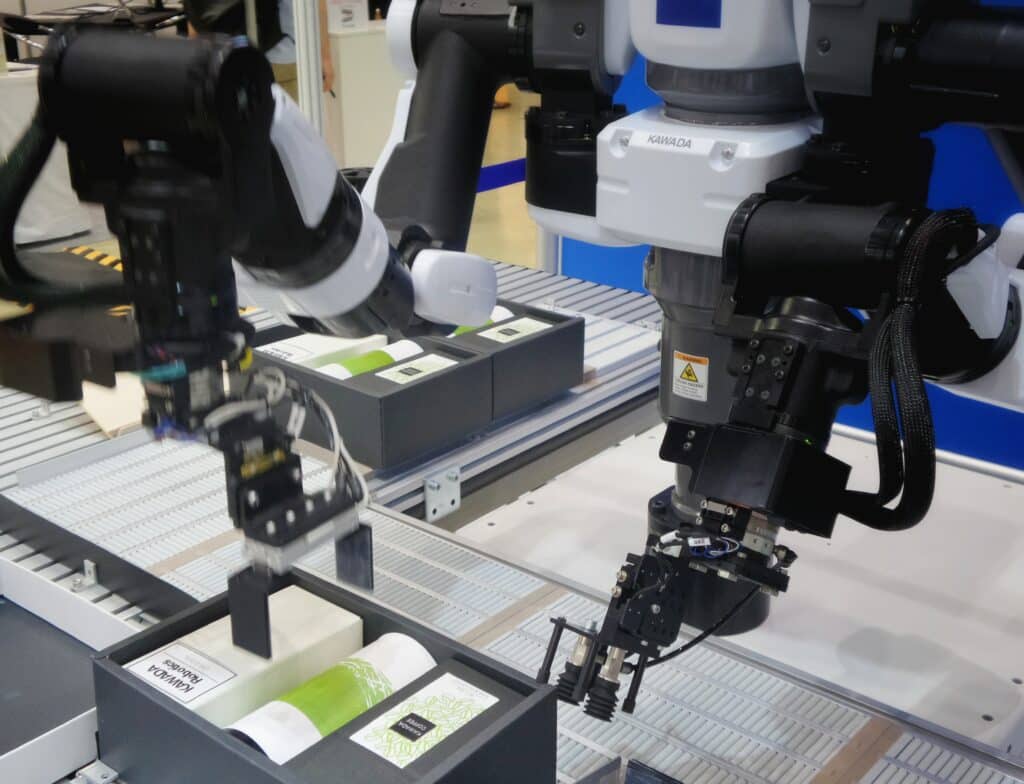
Overcoming Challenges in Implementing ML in Automation
While the benefits of incorporating machine learning in business process automation are immense, the journey is not without its challenges. Understanding and addressing these obstacles is crucial for a successful implementation. Here are some common challenges and strategies to overcome them.
Ensuring Data Quality and Integrity
One of the biggest challenges in incorporating machine learning in business process automation is ensuring high-quality data. Machine learning models are only as good as the data they’re trained on. Businesses must establish robust data collection and management practices, ensuring the accuracy, consistency, and completeness of the data. Regular audits and cleaning of data sets are essential to maintain data integrity.
Navigating Data Privacy and Security Concerns
With the increasing use of data in machine learning, data privacy and security become paramount. Businesses must navigate the complex landscape of data privacy laws and ensure compliance. This involves implementing stringent data security measures, anonymizing sensitive data, and obtaining necessary consent for data usage.
Managing Change and Employee Adaptation
Incorporating machine learning in business process automation often requires significant changes in workflows and employee roles. Managing this change is crucial for a smooth transition and adoption. This includes providing adequate training to employees, setting clear expectations, and fostering a culture of innovation and adaptation.
Technical Complexity and Resource Constraints
The technical complexity of machine learning can be daunting, especially for businesses without in-house expertise. Overcoming this challenge may involve partnering with external experts, investing in employee training, or opting for user-friendly ML tools and platforms. Additionally, businesses must consider the resource implications, including costs and time, and plan accordingly.
Achieving Scalability and Integration
Scalability is a key consideration when incorporating machine learning in business process automation. As your business grows, your ML solutions should be able to scale accordingly. This includes ensuring that ML models can handle increased data volumes and that they integrate seamlessly with other business systems and processes.
Continuous Improvement and Keeping Up with Technology
Machine learning and automation technologies are continually evolving. Businesses must stay abreast of the latest developments and be prepared to iteratively improve and update their systems. This requires a commitment to continuous learning, experimentation, and staying connected with the ML community.
Overcoming these challenges requires a strategic approach, careful planning, and a willingness to adapt and learn. By addressing these issues head-on, businesses can successfully harness the power of machine learning in business process automation, unlocking new levels of efficiency, innovation, and competitive advantage.
Conclusion
Incorporating machine learning in business process automation represents a significant leap forward in how businesses operate and compete in today’s digital landscape. By understanding and leveraging the power of ML, organizations can transform their processes, making them more efficient, data-driven, and adaptable to change. The journey to integrate machine learning into business automation may present challenges, but the rewards are substantial. Increased operational efficiency, better customer experiences, enhanced decision-making capabilities, and a strong competitive edge.
As we’ve explored in this blog post, the synergy between machine learning and business process automation is not just a trend. It’s a fundamental shift in the way businesses will operate in the future. The key to success lies in understanding the basics of machine learning, recognizing the potential applications within your business, strategically implementing ML technologies, and being prepared to overcome the associated challenges.
The landscape of machine learning and automation is ever-evolving, and staying informed is crucial for businesses looking to thrive in this new era. If you’ve found this post insightful and wish to stay updated on similar topics, we invite you to subscribe to our monthly newsletter below. By doing so, you’ll receive the latest insights, trends, and advice on machine learning, business process automation, and other transformative technologies directly in your inbox.

